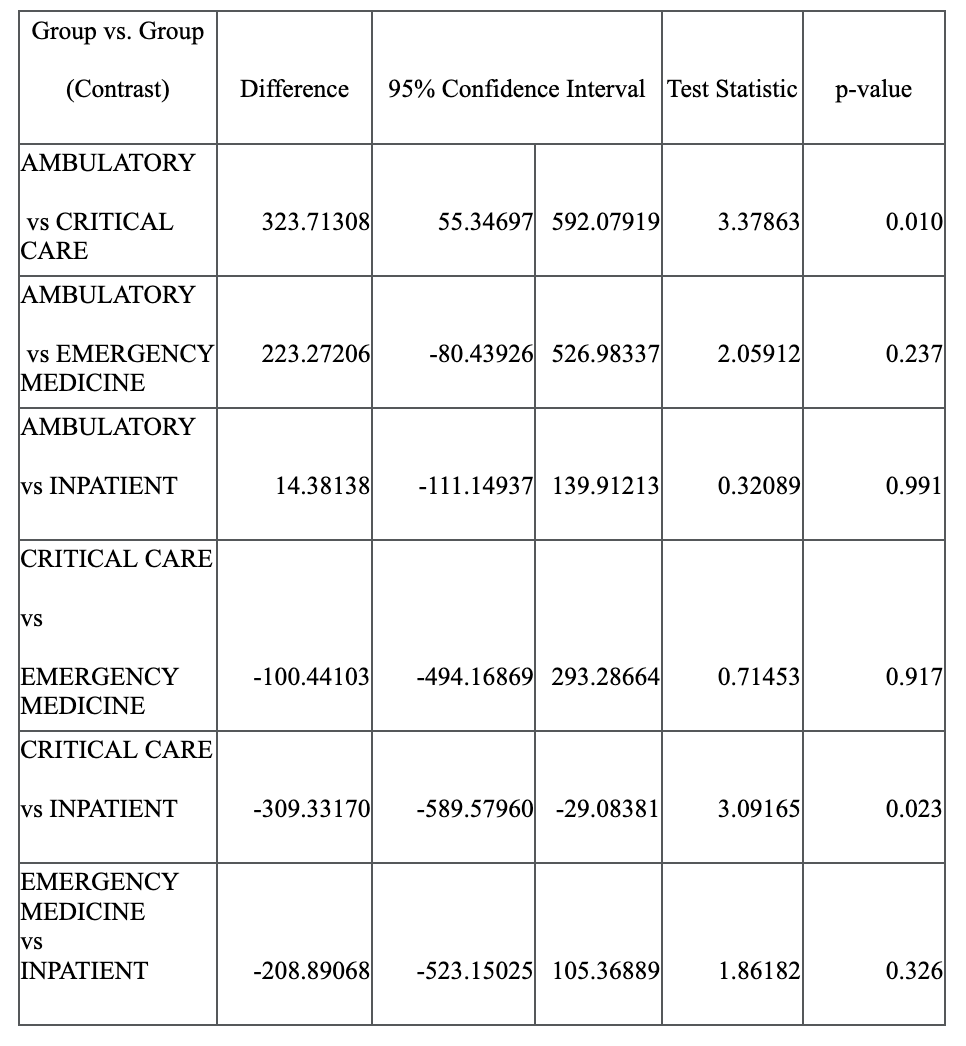Telemedicine/EHR/Medical Informatics
Telemedicine/EHR/Medical Informatics 2
628 - Does Provider Clinical Setting (Inpatient, Ambulatory, Critical Care, Emergency Medicine) affect Utilization of the Mobile Electronic Health Record?
Monday, May 1, 2023
9:30 AM - 11:30 AM ET
Poster Number: 628
Publication Number: 628.455
Publication Number: 628.455
Aoife A. Stover, Hinsdale Central High School, Hinsdale, IL, United States; Ashley Hayes, Ann & Robert H. Lurie Children's Hospital of Chicago, Chicago, IL, United States; Leonardo Barrera, Ann & Robert H. Lurie Children's Hospital of Chicago, Chicago, IL, United States; Emily Golbeck, Ann & Robert H. Lurie Children's Hospital of Chicago, Chicago, IL, United States; Colleen A. Malloy, Ann & Robert H. Lurie Children's Hospital of Chicago, Hinsdale, IL, United States
.jpeg.jpg)
Colleen A. Malloy, MD
Division of Neonatology
Ann & Robert H. Lurie Children's Hospital of Chicago
Hinsdale, Illinois, United States
Presenting Author(s)
Background: As mEHR systems have demonstrated the ability to improve the efficiency and accuracy in health care, organizations have recognized the need to foster and refine these offerings. Mobile technology combined with EHR systems can improve information access, communication, cost savings, time savings, and error reduction. Further research in technology adoption and utilization is warranted to optimize strategies for usage and deployment.
Objective: This study examines the adoption and use of mobile EHR applications for phones and tablets among providers at a freestanding pediatric hospital. The mEHR applications are EPIC Haiku, accessed via mobile phone, and EPIC Canto, accessed via tablet. Our aim was to characterize provider usage patterns in order to identify patterns and trends that reveal areas for improvement and refinement in clinician utilization. Usage was compared amongst different provider groups classified as Inpatient, Ambulatory, Critical Care, and Emergency Medicine, to determine if a difference exists in mEHR usage which is dependent upon provider type.
Design/Methods: All instances of physician or advanced nurse practitioner access to a Haiku or Canto application activity from January 1, 2022 to December 31, 2022 were analyzed. Using data available in EPIC, physician providers and advanced nurse practitioners were categorized according to their department of record. The usage patterns were analyzed using Analysis of Variance (ANOVA) according to the categorical variables of Inpatient, Ambulatory, Critical Care, and Emergency Medicine.
Results: The analysis included 874 providers, with 32,946 EPIC Haiku logins and 3054 Canto logins. Health care providers in our sample included 717 physicians and 157 advanced nurse practitioners. As shown in Figure 1 and Table 1, over 12 months, critical care providers had significantly less mEHR mobile phone (Haiku) usage than outpatient or inpatient providers did. There was no significant difference found in mEHR mobile tablet (Canto) usage (Figure 2).
Conclusion(s): Critical care providers had significantly less mEHR mobile phone usage than outpatient or inpatient providers. The usage of mEHR via tablet across clinical settings was not different. The decreased usage of the mEHR via mobile phone is likely related to differences in provider workflow. As critical care providers spend much of their time in the physical space of the intensive care unit, they may be more likely to use desktop EHR. Clinical setting does affect usage levels of the mobile mEHR, and understanding of provider workflow can be helpful in maximizing the potential of these digital tools.
.jpg)
.jpg)

